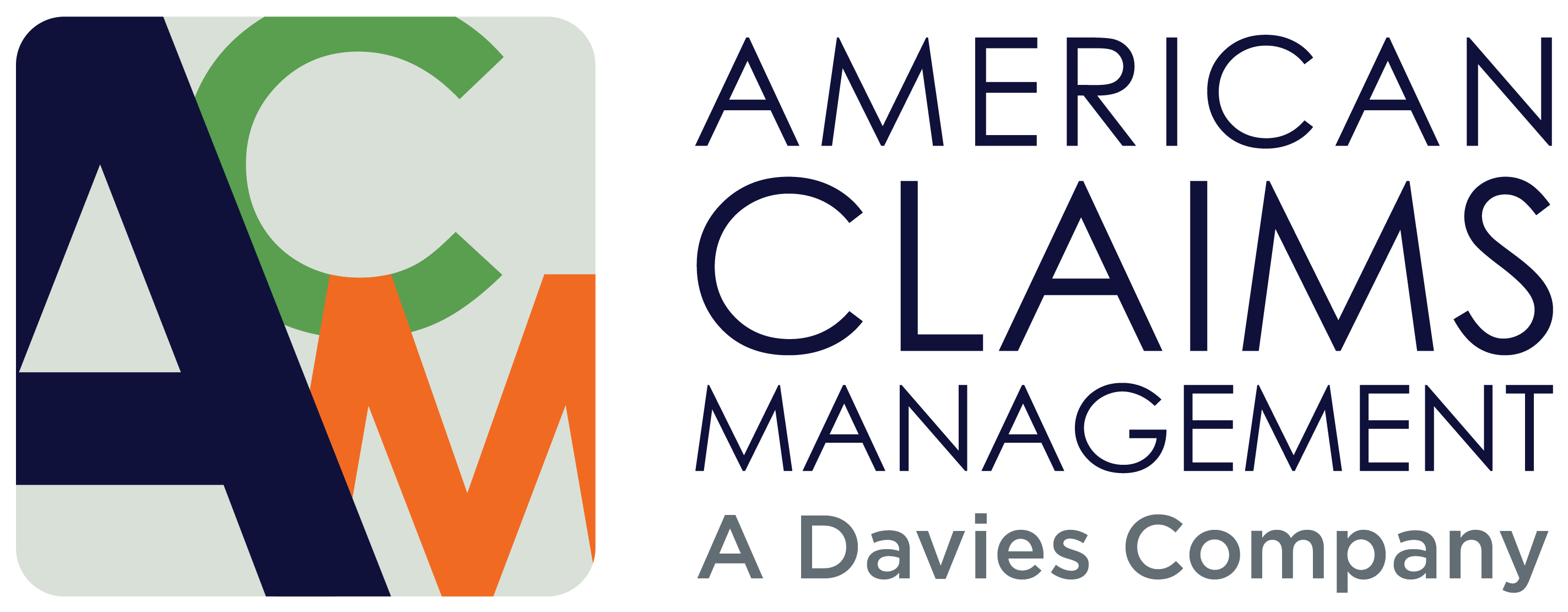ACM’s subrogation tool, SubroFy, has been in operation a little over a year. We checked back in with the team recently to learn more about the tool and how it’s been working. This new digital tool significantly increases the identification of subro opportunities. It’s a user-friendly platform that fits into the claims team’s daily workflow in an efficient, focused way to highlight and rate cases and refer the higher-rated claims to the team of subrogation adjusters.
We sat down recently to discuss SubroFy with ACM President Dhara Patel, Director of Claims Matthew Stringham, Director of Data Science Daren Eiri and Data Scientist Jason Perone.
Looking back over 2022, how did SubroFy work in its first year?
Stringham: SubroFy is a supplement to our adjusters’ current workflow. It’s not necessarily designed to replace their critical thinking and their subrogation identification. Instead, it acts as a supplemental tool that will help identify subro potential earlier rather than later in the life of the claim.
At the same time, if an adjuster misses a subro opportunity or we experience turnover, we won’t waste time and lose that opportunity. Right now we’re trying to recoup several six-figure recoveries, so we’ve definitely seen immediate benefits from implementing the tool and its processes.
SubroFy grades each referred case as a low, moderate and high probability of recovery. This allows our subro team to focus on cases rated higher instead of wasting time on cases with low potential. They can be more efficient with their time.
Eiri: Because SubroFy uses machine learning, we’re constantly updating the search terms used to rate our claims, so that the tool is getting better and better at identifying opportunities. We get those new search terms from the notepad entries from various claims adjusters.
Stringham: The tool is customizable. We can continually adjust it to fit our needs. The more data we feed it, the more accurate it is.
Perone: SubroFY is designed to catch cases that maybe are a bit odd that the adjuster might not think of in the moment and also catch other ones that they simply overlooked.
Since we launched SubroFy, our adjusters are referring cases over to our subro team 17 percent faster than before. That means potential subrogation cases are being identified, rated and investigated much earlier in the claims process.
In 2022 – the first year we used SubroFY – we saw a 46 percent increase in successful subrogation over the previous year. The tool significantly increased our efficiency in identifying opportunities that have a good potential for recovery.
What successes are you seeing in terms of dollars recovered?
Stringham: Subro cases have a long tail on them. It could be months, six months, even a year; if it goes into litigation, maybe two or three years before we finally recover dollars on those claims.
Perone: Keeping in mind that subrogation takes a long time, we saw in our first year upwards of $41,000 saved. Outstanding cases from year one with a very high chance of recovery are still in the works and amount to more than $800,000.
Last year we saw 9,300 claims that had any degree of possible subrogation. Of those, 380 were rated high. Before SubroFy in 2021, we had 365 total claims – unrated – referred to our subrogation adjusters. So we’re seeing a much higher rate of referrals, and with the grading system, our adjusters can focus on the cases rated high.
Here are a couple of examples of SubroFy’s success:
A large homeowner’s fire claim came through last year; SubroFY scored it three days later, based on the field adjuster’s notes. It’s a clear-cut case of subrogation, and according to the third-party carrier, we’re looking at a recovery of over $300,000.
Another home fire claim came through late last year. SubroFy scored it high the next day, so we were immediately able to move ahead on the subro without waiting a month or two.
In both cases, the fires actually started at a neighbor’s house and spread to our claimants’ houses.
Patel: With a fire claim, it’s critical that we identify that opportunity fast, because we need to get that evidence as quickly as possible before it either gets destroyed or gets thrown away. The quicker we identify the opportunity, the higher chances are that we’ll actually be able to collect. In the past, by the time the subro opportunity was identified, the evidence was already cleaned up, so we lost the ability to subrogate.
The cause of a home fire with an opportunity to subrogate could also be an appliance; in that case, we’d go after the manufacturer and possibly the installer.
Stringham: That’s why it’s so important we get involved early, because if the fire was caused by an appliance, and if the part gets discarded, if we can’t confirm the cause or origin of the fire. The chances of us actually recovering go down exponentially.
What does the future hold for SubroFy?
Patel: We are looking to expand the model into workers’ comp later this year. That’s a big untapped area that we haven’t yet explored. At this point, we’re figuring that maybe five percent of work comp claims qualify for subrogation, although 100 percent go through triage. So it will help our teams work faster and smarter.

